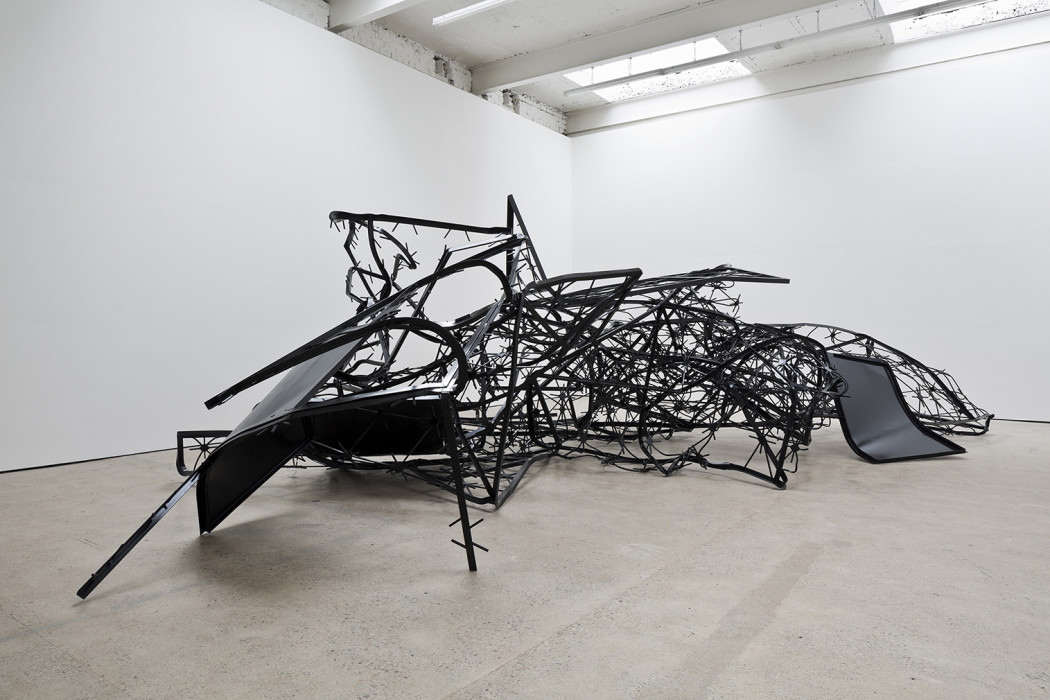
Monika Sosnowska, Pavilion, 2016
Installation view, The Modern Institute, Aird’s Lane, Glasgow, 2016; part of Glasgow International 2016
Courtesy of the artist and The Modern Institute/Toby Webster Ltd, Glasgow
Photography: Keith Hunter
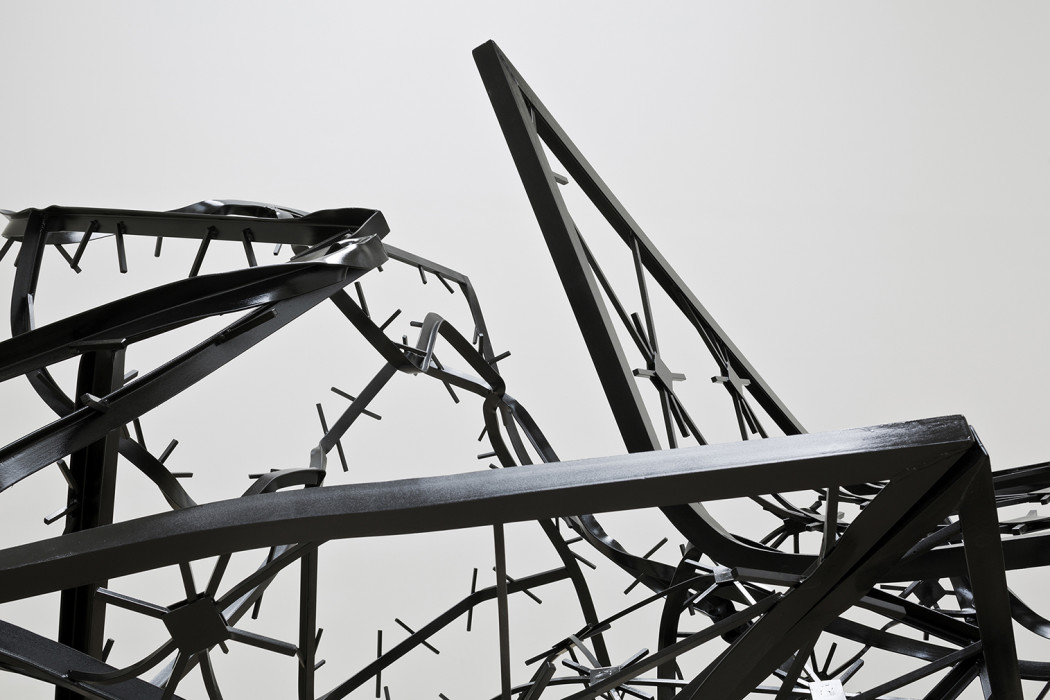
Monika Sosnowska, Pavilion, 2016
Installation view, The Modern Institute, Aird’s Lane, Glasgow, 2016; part of Glasgow International 2016
Courtesy of the artist and The Modern Institute/Toby Webster Ltd, Glasgow
Photography: Keith Hunter
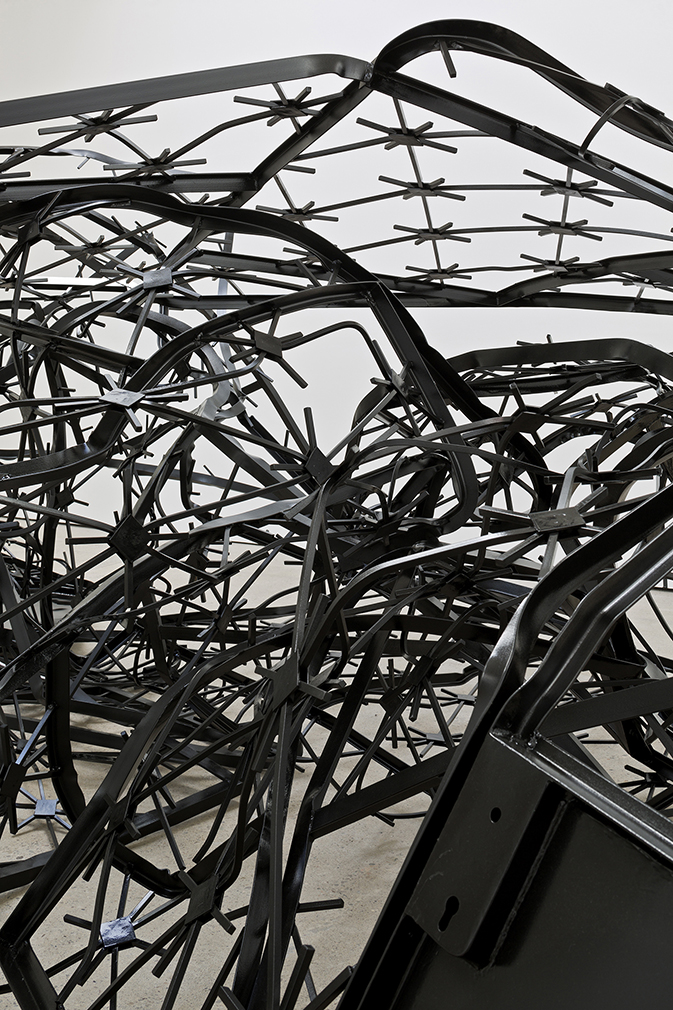
Monika Sosnowska, Pavilion, 2016
Installation view, The Modern Institute, Aird’s Lane, Glasgow, 2016; part of Glasgow International 2016
Courtesy of the artist and The Modern Institute/Toby Webster Ltd, Glasgow
Photography: Keith Hunter
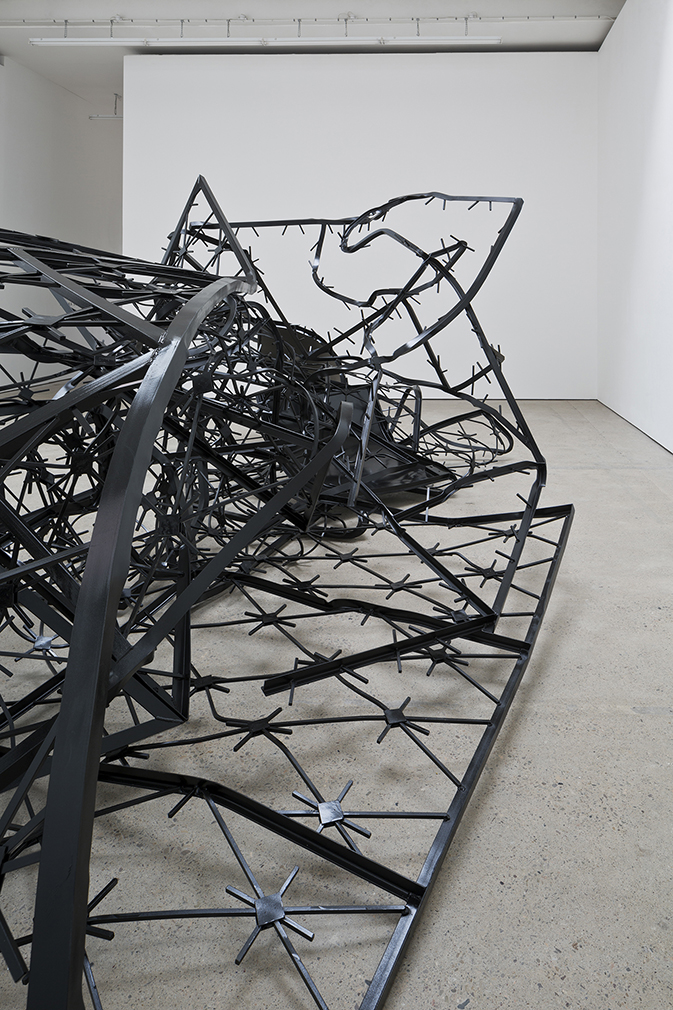
Monika Sosnowska, Pavilion, 2016
Installation view, The Modern Institute, Aird’s Lane, Glasgow, 2016; part of Glasgow International 2016
Courtesy of the artist and The Modern Institute/Toby Webster Ltd, Glasgow
Photography: Keith Hunter
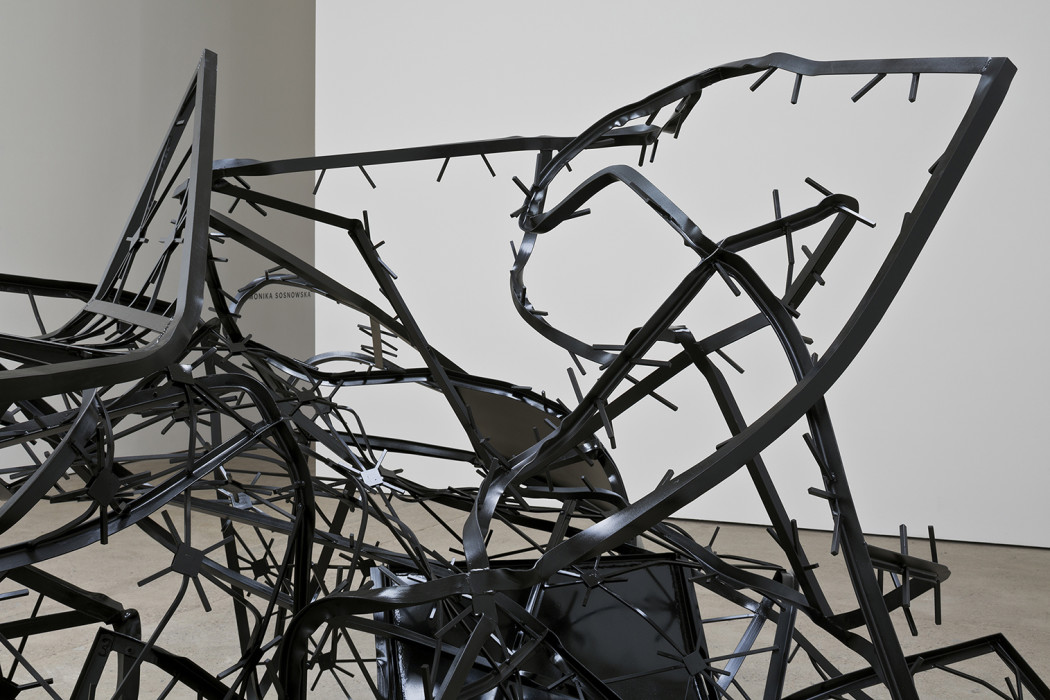
Monika Sosnowska, Pavilion, 2016
Installation view, The Modern Institute, Aird’s Lane, Glasgow, 2016; part of Glasgow International 2016
Courtesy of the artist and The Modern Institute/Toby Webster Ltd, Glasgow
Photography: Keith Hunter

Monika Sosnowska, Pavilion, 2016
Installation view, The Modern Institute, Aird’s Lane, Glasgow, 2016; part of Glasgow International 2016
Courtesy of the artist and The Modern Institute/Toby Webster Ltd, Glasgow
Photography: Keith Hunter
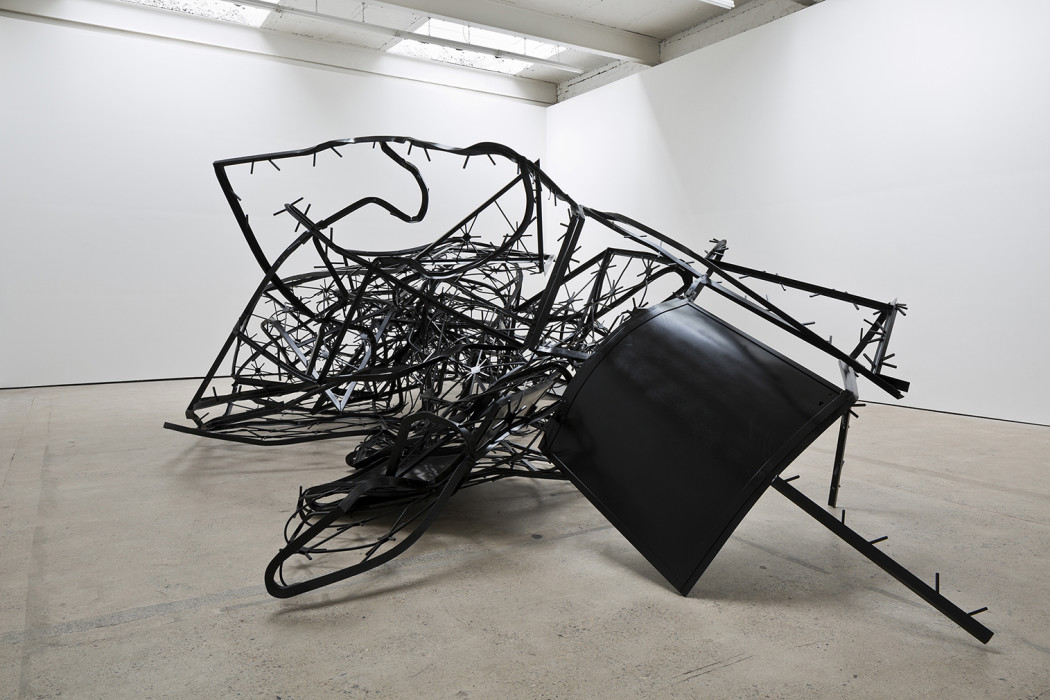
Monika Sosnowska, Pavilion, 2016
Installation view, The Modern Institute, Aird’s Lane, Glasgow, 2016; part of Glasgow International 2016
Courtesy of the artist and The Modern Institute/Toby Webster Ltd, Glasgow
Photography: Keith Hunter
A 1960s Lublin housing estate designed by Oskar Hansen has inspired a new suite of manipulated metal works by the Polish artist Monika Sosnowska.
Precise steel copies of elements from the Osiedle Słowackiego development in Lublin – including part of a shopping pavilion, and playground equipment – act as raw material for Sosnowska’s dramatically twisted new sculptures showing at Glasgow International.
Hansen’s designs for Osiedle Słowackiego expressed both his concept of Open Form – in which architectural structures are auxiliary to human activity and the individual was considered co-author of the space – and his utopian Linear Continuous System for organising urban and spatial planning.
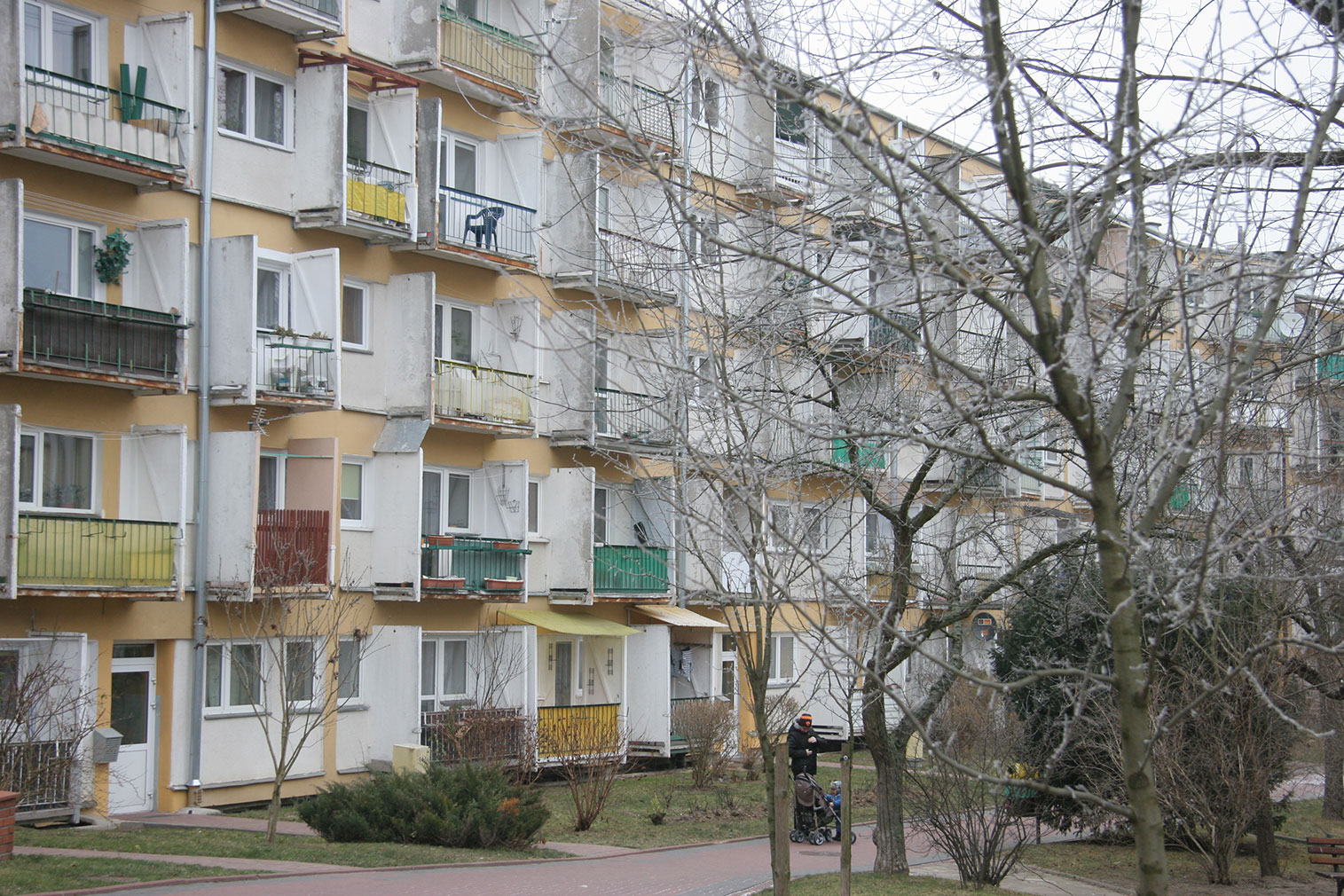
As an artist, architect and educator, Hansen’s ideas have influenced successive generations of artists and architects.
In approaching components of Osiedle Słowackiego, Sosnowska was inspired not only by the Hansen’s theories and intentions for the site, but also by the way the estate has evolved in the half century since it was built. Once out of the hands of the architect and construction team, and under the care of its inhabitants, the designs have undergone successive waves of adaptation and alteration.
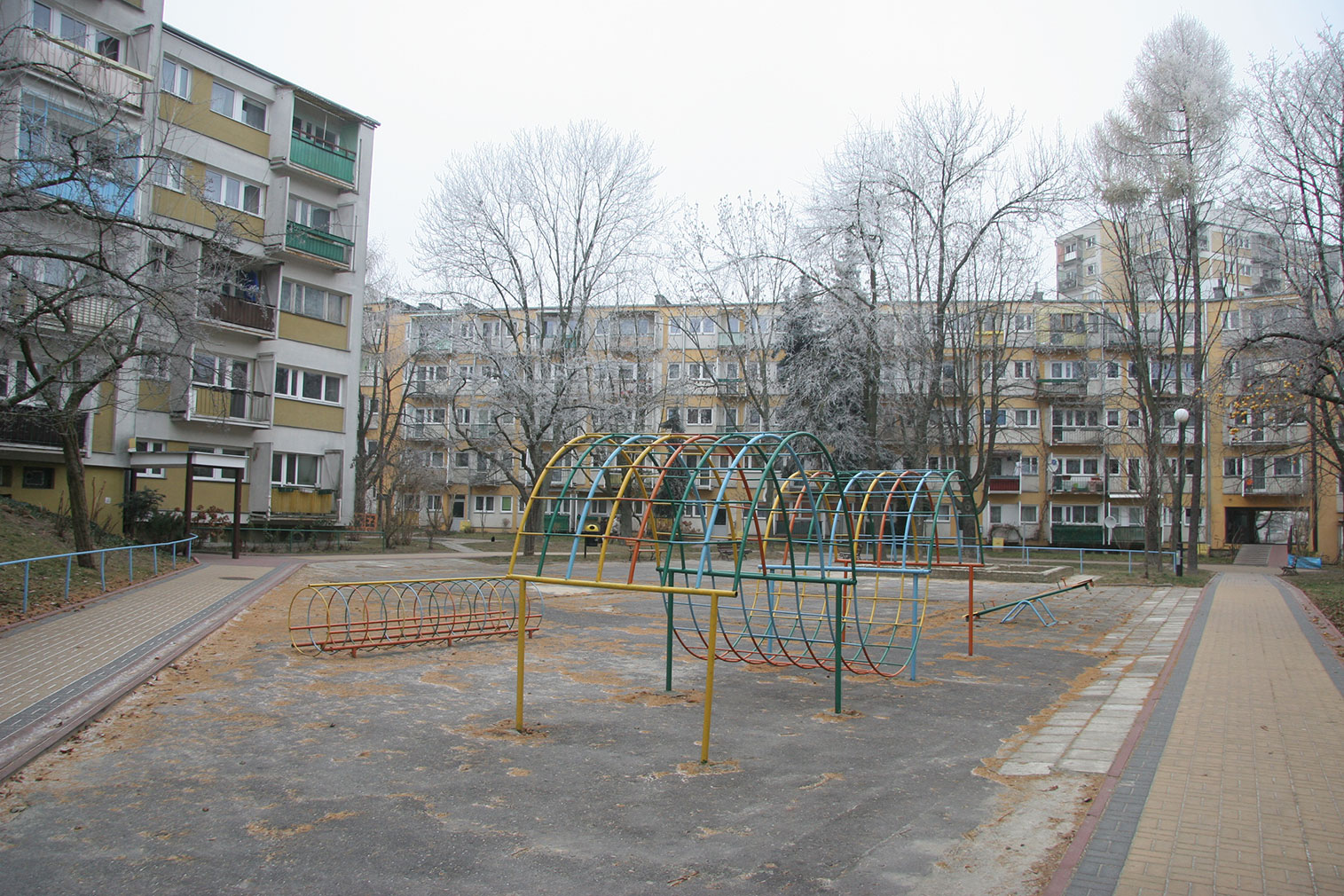
Sosnowska’s pavilion sculpture – precisely plotted to fit within the space of The Modern Institute’s Aird’s Lane gallery – is based on Hansen’s original steel frame, which incorporated decorative motifs into the supporting structure of the building. She twists and collapses the metal panels to create a disturbing and complex new form.
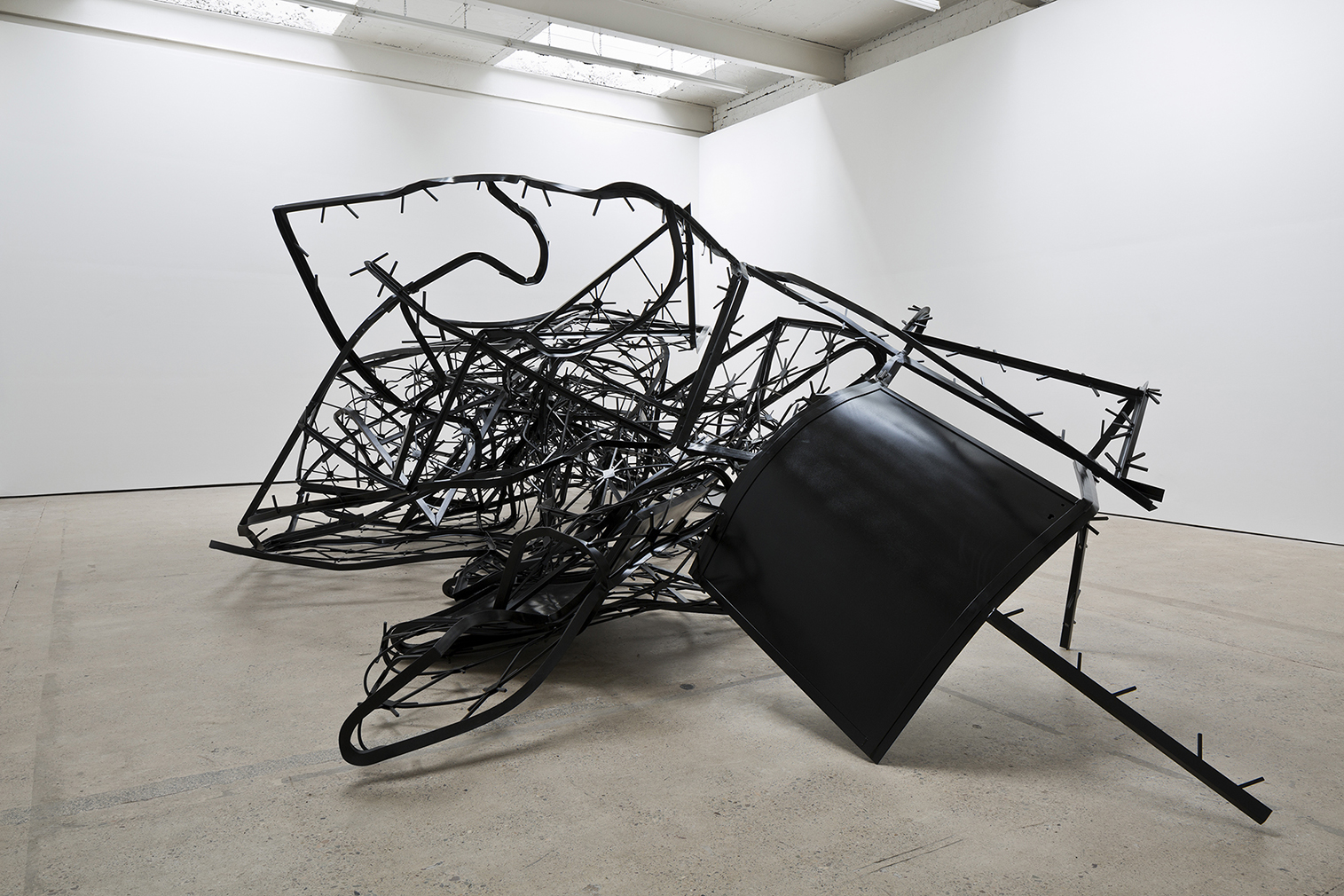
Like a slumped beast occupying almost the total gallery space, the ‘dying’ pavilion has had its functionality crushed and squeezed out of it. The idealism of its intended service to human requirements is here replaced with a new role as spectacle.
Four smaller sculptures are shown on a grassy square outside the gallery. Made from tubular steel and painted in municipal green, they derive their root forms from Hansen’s balustrades, playground equipment and a carpet-beating rack. The outdoor setting suggests that their alarming warped forms might be the result of some unpleasant natural disaster.
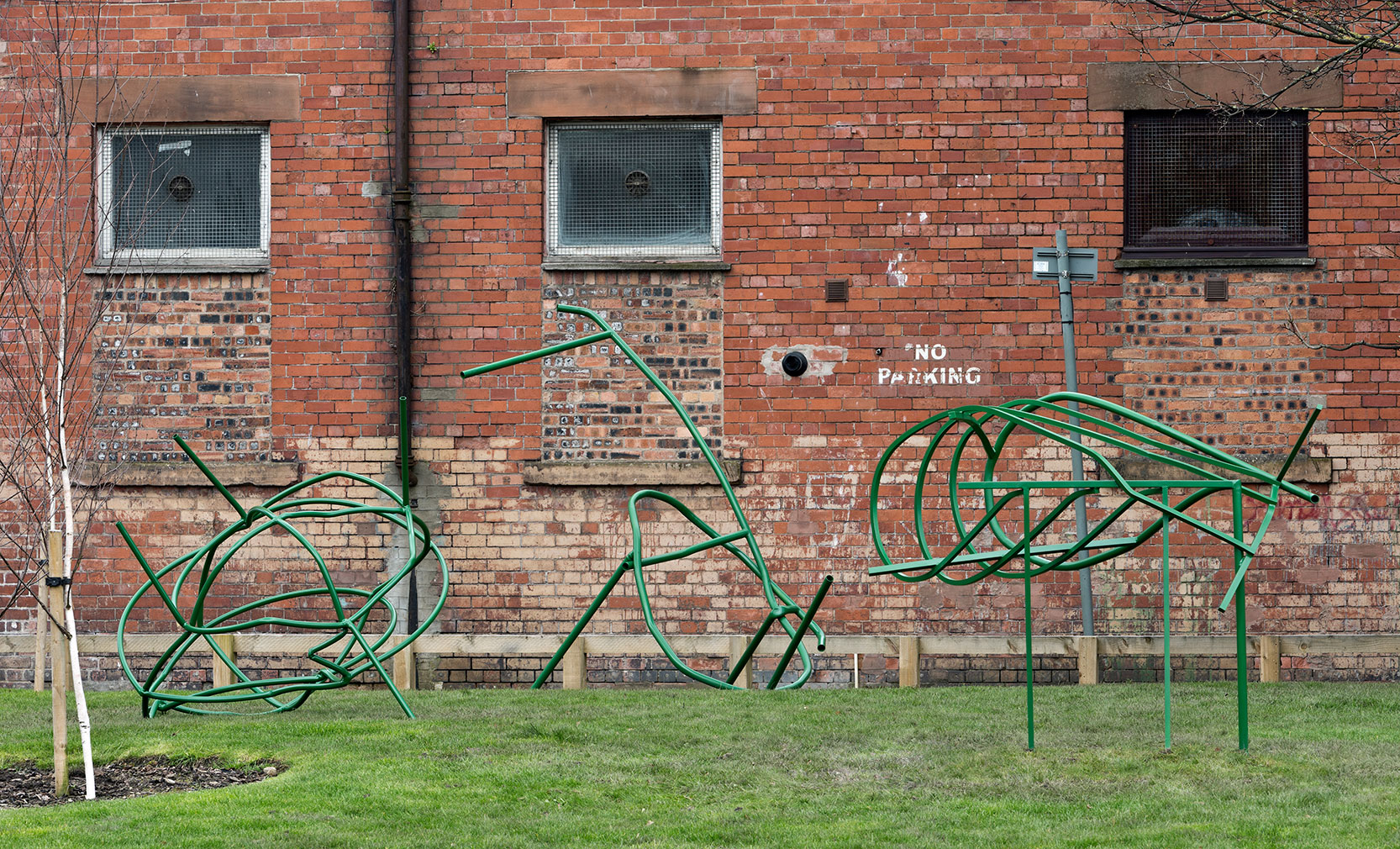
With a metal workshop outside of Warsaw, Sosnowska reproduced the five structures according to Hansen’s original designs before working them into their new forms. The vast and highly complex pavilion work was divided into eight components for transportation to Glasgow and was bolted together in situ according to a precise scale model of the work created by the artist.
Monika Sosnowska’s exhibition runs until 21 May 2016 at The Modern Institute, 3 Aird’s Lane, Glasgow.






















